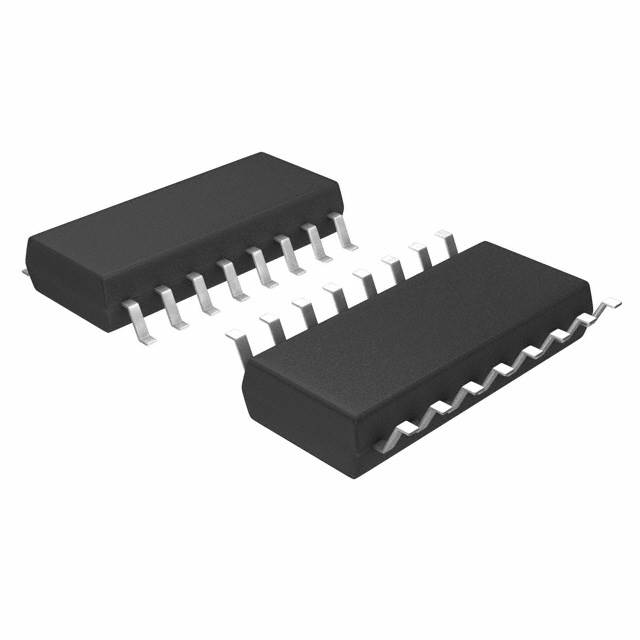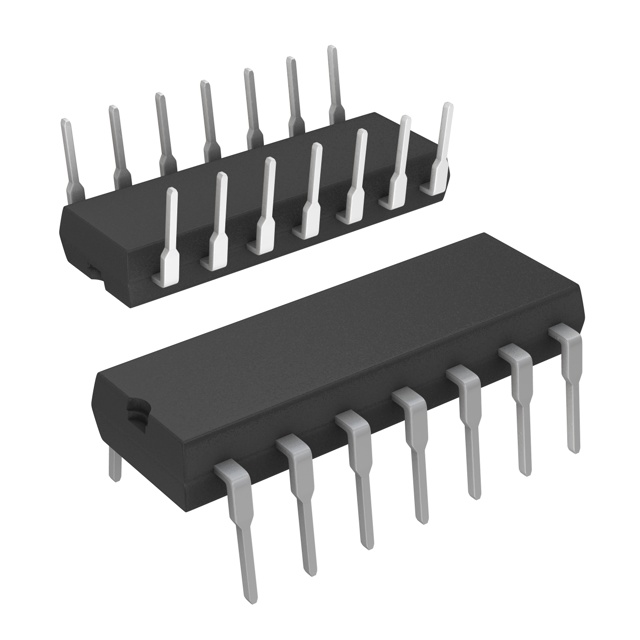74AC11000NSR
Manufacturer No:
74AC11000NSR
Manufacturer:
Description:
IC GATE NAND 4CH 2-INP 16SO
Datasheet:
Delivery:





Payment:




In Stock : 0
Please send RFQ , we will respond immediately.









74AC11000NSR Specifications
-
TypeParameter
-
Current - Quiescent (Max)4 µA
-
Package / Case16-SOIC (0.209", 5.30mm Width)
-
Supplier Device Package16-SO
-
Mounting TypeSurface Mount
-
Operating Temperature-40°C ~ 85°C
-
Max Propagation Delay @ V, Max CL6.5ns @ 5V, 50pF
-
Input Logic Level - High2.1V ~ 3.85V
-
Input Logic Level - Low0.9V ~ 1.65V
-
Current - Output High, Low24mA, 24mA
-
Voltage - Supply3V ~ 5.5V
-
Features-
-
Number of Inputs2
-
Number of Circuits4
-
Logic TypeNAND Gate
-
PackagingBulk
-
PackagingTape & Reel (TR)
-
Product StatusDiscontinued at Digi-Key
-
Series74AC
The 74AC11000NSR is a quad 2-input NAND gate integrated circuit chip. Here are the advantages and some application scenarios of this chip:Advantages: 1. Fast operation: The 74AC11000NSR chip operates at high-speed, making it suitable for applications that require quick response times. 2. Low power consumption: It consumes low power, which can be advantageous in battery-powered or energy-efficient devices. 3. High noise immunity: The chip has good noise immunity, meaning it can tolerate or reject noise signals, ensuring accurate and reliable operation. 4. Wide supply voltage range: The 74AC11000NSR chip can operate within a wide range of supply voltages, typically from 2 to 6 volts, making it compatible with various voltage levels. 5. High-output current: It can provide a high output current, enabling it to drive other components or circuits without external buffering.Application Scenarios: 1. Logic gates: The 74AC11000NSR chip is commonly used as a building block for various digital logic circuits that require NAND gates, such as in data processing, arithmetic operations, or encoding/decoding tasks. 2. Microprocessors and controllers: It can be used in microprocessor-based systems for signal processing, data manipulation, or input/output control. 3. Clock distribution: The chip can be used to distribute clock signals in synchronous digital circuits, ensuring synchronized operation among multiple components. 4. Memory circuits: It can be utilized in designing memory modules or systems, handling address decoding, or performing write/read operations. 5. Communication systems: The chip can be used in digital communication systems for signal modulation/demodulation, error detection, or encoding/decoding purposes.Note that these advantages and application scenarios are not exhaustive, and the chip's usage can vary depending on specific requirements in various electronic systems.
74AC11000NSR Relevant information








